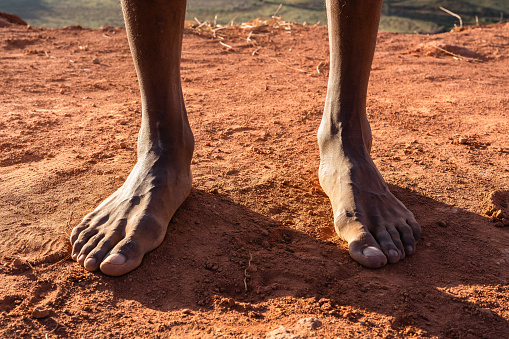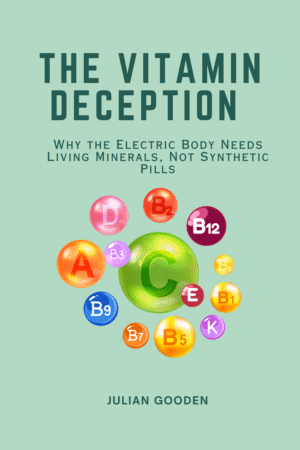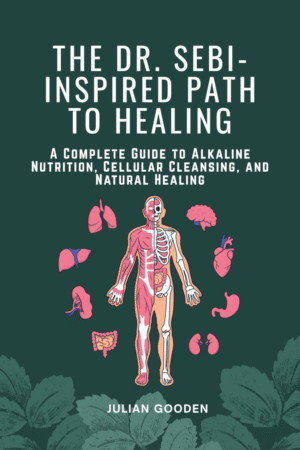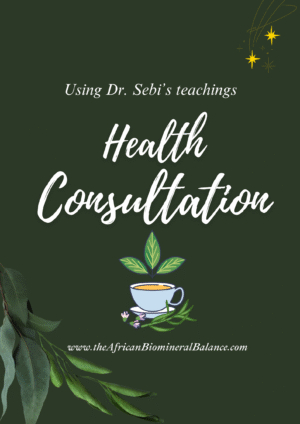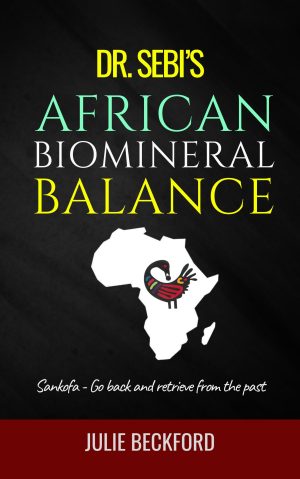Dr. Sebi, Barefoot Living, and the Power of Grounding
Dr. Sebi was often seen walking barefoot—especially around Usha Village, the tropical healing retreat he founded in Honduras. While this may have seemed unusual to some, it was in perfect alignment with his teachings: return to nature, live in harmony with the Earth, and reconnect with the original rhythm of life.
One practice that resonates with this is grounding, also known as earthing. Grounding is the simple act of walking barefoot on natural surfaces like grass, soil, sand, or stone to restore the body’s connection to the Earth’s electric field. This concept is backed by emerging science, and it’s deeply ancestral.
What is Grounding?
Grounding refers to the direct contact between the human body and the Earth’s surface electrons. When your bare skin touches the Earth, free electrons from the ground can flow into your body, acting as natural antioxidants and neutralizing free radicals.
In modern environments, we’re insulated—shoes with rubber soles, homes built above ground, and lifestyles that keep us disconnected from nature. This separation can contribute to chronic inflammation, fatigue, anxiety, and even poor sleep.
Dr. Sebi’s barefoot walks weren’t just symbolic—they were healing.
Why Did Dr. Sebi Walk Barefoot?
Dr. Sebi’s barefoot practice reflects several key principles:
-
Connection to Nature: He taught that the body thrives in alignment with nature. Going barefoot is one of the simplest ways to reconnect to the natural world.
-
Energy and Vibration: Sebi often spoke about electrical foods and the body’s energy. Walking barefoot restores the body’s electrical balance by syncing with the Earth’s charge.
- Ancestral Wisdom: For thousands of years, our ancestors walked the Earth barefoot or in minimal footwear made of natural fibers. Maybe Dr. Sebi honored that legacy by living as close to the Earth as possible.
Benefits of Grounding (Backed by Studies)
Emerging research into grounding supports what many traditional healers like Dr. Sebi already knew intuitively:
- Reduces inflammation
- Improves sleep quality
- Decreases stress and cortisol levels
- Enhances blood circulation
- Supports immune function
- Promotes faster recovery from injury or exertion
In one clinical study published in the Journal of Environmental and Public Health, grounded individuals experienced improved sleep and normalized cortisol rhythms, reducing stress and pain.
How to Practice Grounding in Your Daily Life
You can benefit from grounding. Try these simple methods:
- Walk barefoot on grass, soil, sand, or unpainted concrete for 20–30 minutes a day.
- Sit or lie directly on the Earth during meditation or relaxation.
- Garden with your bare hands and feet in contact with the soil.
- Use grounding mats indoors if natural access is limited.
Return to the Earth, Return to Balance
Dr. Sebi’s life was a living example of what it means to live in alignment with natural laws. Whether through herbal healing, alkaline foods, or walking barefoot under the sun, he reminded us that nature is not separate from us—it is us.
Grounding is more than a health practice—it’s a return to simplicity, to the rhythm of the Earth, and to the original state of wellness. So next time you step outside, kick off your shoes, take a moment to breathe, and feel the Earth beneath your feet. It’s healing in its purest form.


